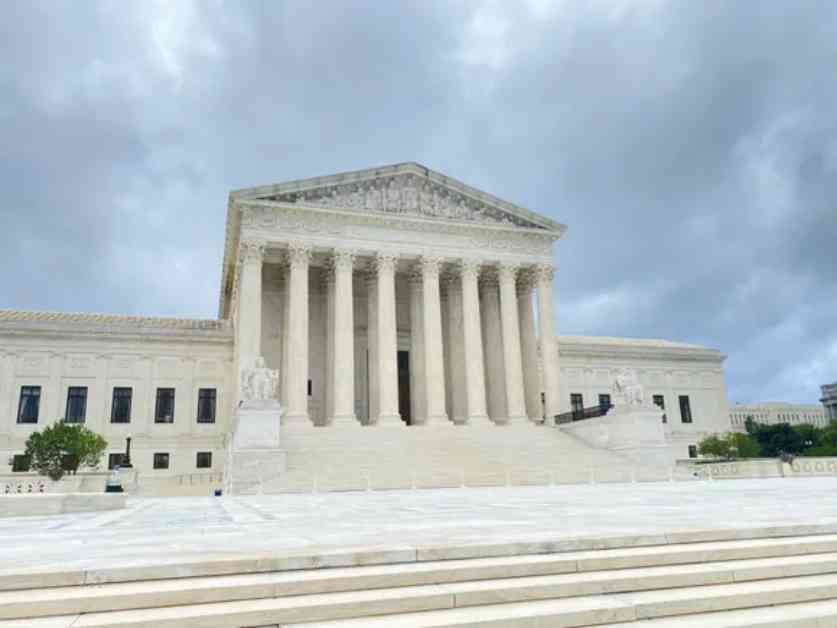The U.S. Supreme Court recently made a decision regarding the enforcement of the Title IX final rule, denying the Biden administration’s request to allow the enforcement of uncontested parts of the rule in certain states where injunctions are currently in place. This decision has significant implications for the protection of LGBTQI+ students from sex discrimination, as well as for the overall implementation of the rule in the education sector.
Background on the Title IX Rule
The Title IX final rule, released in April amidst controversy, includes provisions aimed at protecting LGBTQI+ students from discrimination based on sexual orientation and gender identity. These protections have been a point of contention, leading to legal challenges in multiple states and temporary injunctions preventing the rule’s enforcement in at least 26 states.
The Biden administration sought to move forward with enforcing the noncontroversial portions of the rule in some states, despite the injunctions. However, both the 5th and 6th U.S. Circuit Courts of Appeals denied the administration’s request, prompting the administration to turn to the Supreme Court for a final ruling on the matter.
Supreme Court’s Decision
On Friday, the Supreme Court denied the administration’s request to allow enforcement of the uncontested parts of the Title IX final rule in states where injunctions are in place. This means that the entire rule, including the provisions protecting LGBTQI+ students, will remain on pause in the 10 states with temporary injunctions while legal challenges proceed through the courts.
The rejection of the administration’s request by the Supreme Court has implications for the future of the rule and the protections it affords to LGBTQI+ students. It also sets the stage for potential further legal battles and the need for clarity on the interpretation and enforcement of Title IX in the education sector.
Legal Perspectives on the Decision
U.S. Solicitor General Elizabeth Prelogar criticized the lower court decisions that blocked the entire rule’s enforcement, arguing that such an approach was overly broad and failed to consider the individual provisions of the rule. Prelogar hinted that the Supreme Court may need to weigh in on the rule in the future, given the ongoing legal challenges and conflicting interpretations.
However, states like Tennessee defended the injunctions, asserting that even if only certain parts of the rule were deemed illegal, such as the inclusion of gender identity in sex discrimination protections, it justified the district court’s decision to block the rule’s enforcement. This legal back-and-forth highlights the complexity of the issues at stake and the differing perspectives on how Title IX should be implemented in practice.
Implications for Title IX Coordinators and Schools
The decision by the Supreme Court comes just two weeks after the rule’s scheduled implementation date, leaving Title IX coordinators and schools in enjoined states in a state of uncertainty. Without official guidance or resources from the Department of Education, these individuals are left navigating a complex legal landscape and unclear expectations regarding their responsibilities under Title IX.
Moving forward, the implications of the Supreme Court’s decision will likely be felt across the education sector, impacting how schools address issues of discrimination and harassment, particularly concerning LGBTQI+ students. The legal battles surrounding the enforcement of the Title IX final rule underscore the ongoing challenges in ensuring equal protection and opportunities for all students, regardless of their sexual orientation or gender identity.
In conclusion, the Supreme Court’s decision to halt the partial enforcement of the Title IX final rule has significant implications for the protection of LGBTQI+ students and the overall implementation of the rule in the education sector. As legal challenges continue to unfold and interpretations of Title IX evolve, it is essential for schools and educators to stay informed and prepared to address issues of discrimination and harassment in a fair and equitable manner.

